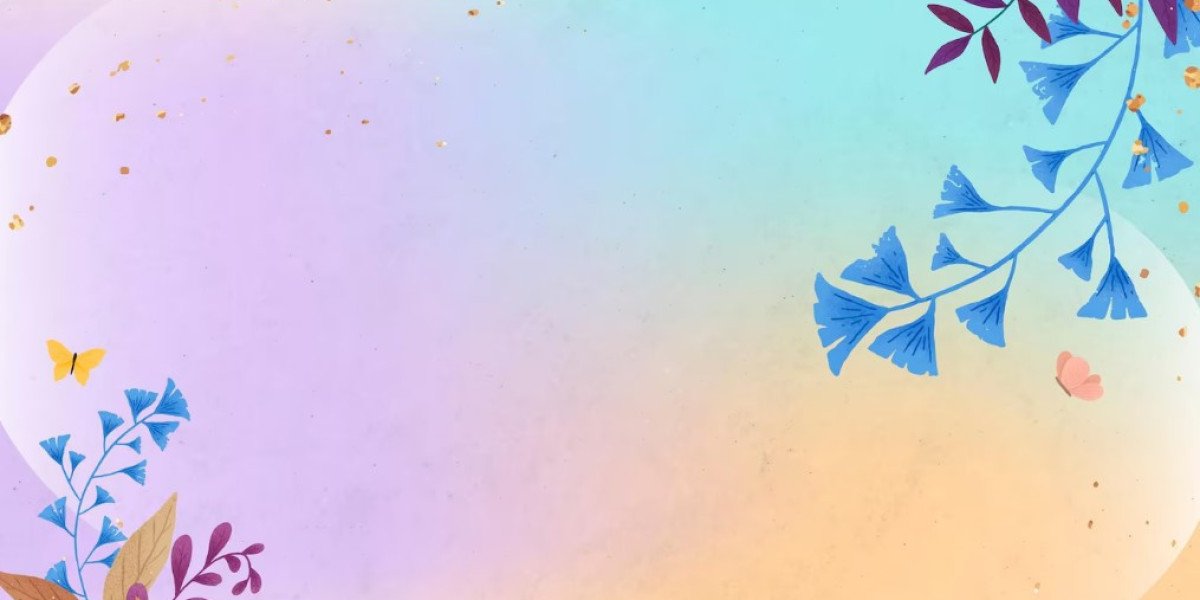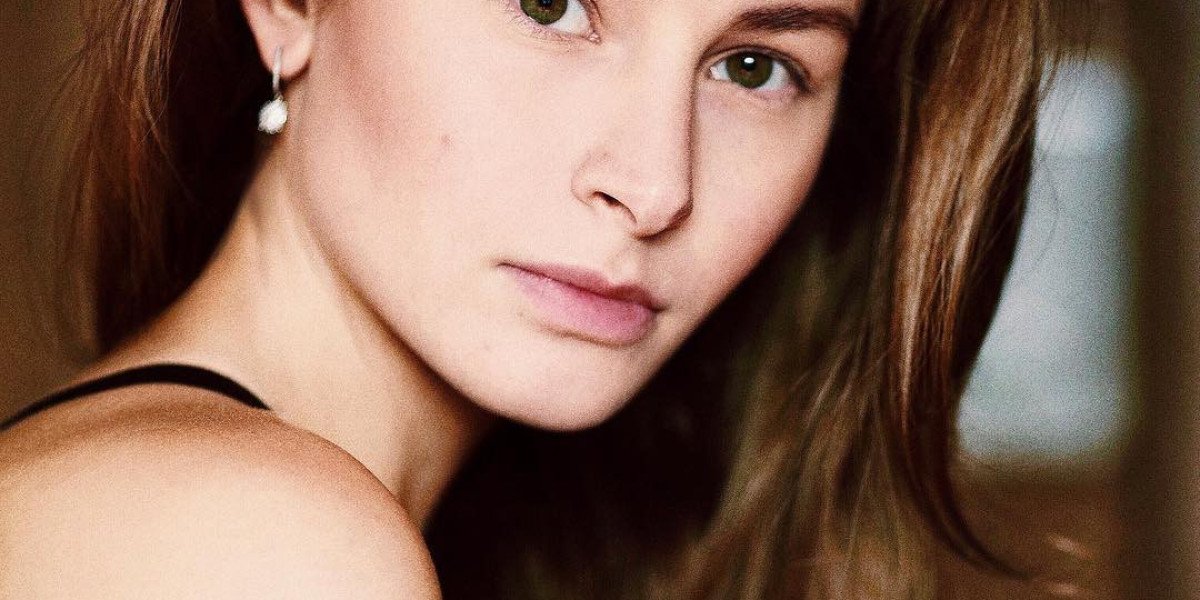Kissmovie is a term that likely blends the words "kiss" and "movie," suggesting a focus on romance and cinematic experiences. This term can encompass various aspects, including romantic films, memorable kissing scenes in movies, and the cultural impact of romance in cinema. This article will explore these dimensions, offering insights into how romance and kissing scenes have evolved in films and their significance in popular culture.
The Evolution of Romance in Cinema
Romance has been a staple in cinema since its inception. Early silent films, such as The Kiss (1896) by Thomas Edison, showcased one of the first on-screen kisses, marking a significant moment in film history. This simple act of affection, lasting just a few seconds, was revolutionary and set the stage for the romantic genre's growth in the coming decades.
During the Golden Age of Hollywood (1930s-1950s), romance became a dominant theme in films. Classic movies like Gone with the Wind (1939) and Casablanca (1942) featured iconic love stories and unforgettable kissing scenes that captivated audiences. These films not only emphasized the importance of romance but also showcased the chemistry between leading actors, making their on-screen relationships believable and compelling.
In the latter half of the 20th century, romance in cinema continued to evolve. The 1970s and 1980s saw the rise of romantic comedies, blending humor with love stories. Films like When Harry Met Sally (1989) and Pretty Woman (1990) brought a fresh perspective to the genre, emphasizing the complexities and humor of modern relationships. The kissing scenes in these films were often pivotal moments, encapsulating the characters' emotional journeys and growth.
Memorable Kissing Scenes in Movies
Kissing scenes have become an integral part of romantic films, often symbolizing the culmination of the characters' emotional arcs. Some of the most memorable kissing scenes in cinema history have left lasting impressions on audiences and have become cultural touchstones.
One such iconic scene is the upside-down kiss in Spider-Man (2002). This moment between Peter Parker (Tobey Maguire) and Mary Jane Watson (Kirsten Dunst) redefined cinematic kisses with its unique and visually striking presentation. The scene's blend of romance and superhero action captured the imagination of viewers and remains a standout moment in film history.
Another unforgettable kiss is the rain-soaked embrace between Noah (Ryan Gosling) and Allie (Rachel McAdams) in The Notebook (2004). This scene, set against a backdrop of pouring rain, encapsulates the intensity and passion of their love story. It has since become one of the most famous kisses in modern cinema, symbolizing the idea of enduring love against all odds.
In the realm of animated films, the spaghetti-sharing kiss between Lady and Tramp in Disney's Lady and the Tramp (1955) stands out as a classic moment. This charming and romantic scene has been parodied and referenced in various media, highlighting its enduring popularity and impact.
The Cultural Impact of Romance and Kissing Scenes
Romantic films and kissing scenes have a profound cultural impact, influencing societal perceptions of love and relationships. They often set standards for romantic ideals and behaviors, shaping how people view and experience romance in their own lives.
The portrayal of romance in cinema can also reflect and challenge societal norms. For instance, the increasing diversity in romantic films, featuring interracial and LGBTQ+ relationships, has contributed to a broader acceptance and understanding of different kinds of love. Movies like Brokeback Mountain (2005) and Moonlight (2016) have brought same-sex relationships to the forefront, challenging traditional narratives and expanding the representation of romance in cinema.
Moreover, kissing scenes in films can serve as milestones in the progression of on-screen intimacy. In earlier decades, censorship and societal taboos limited the portrayal of physical affection. However, as societal attitudes evolved, so did the depiction of romance in films. The gradual relaxation of censorship rules allowed for more explicit and diverse expressions of love, reflecting the changing social landscape.







